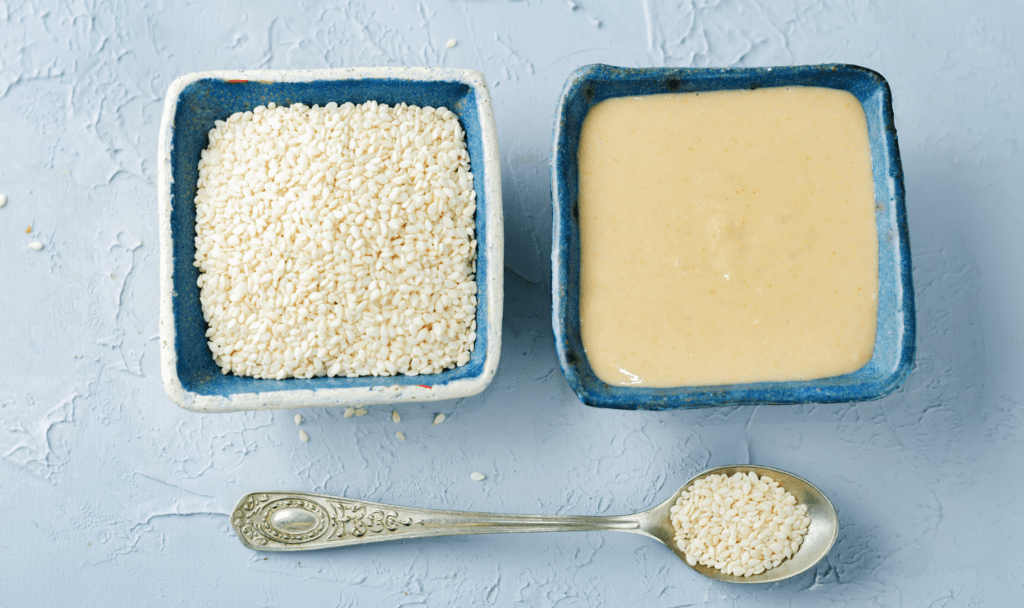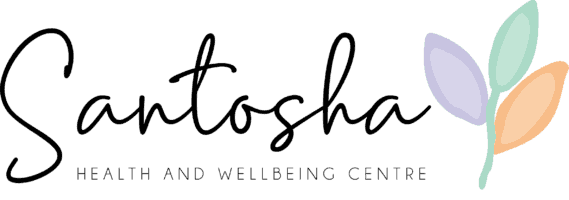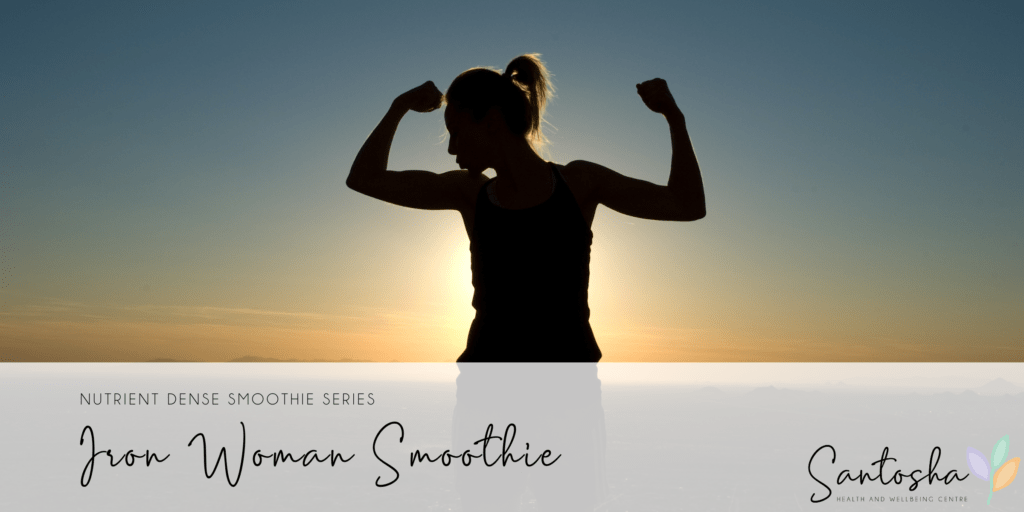Do you think you might have signs of deficiency and you’re looking to boost your iron levels? Have you been told that your iron levels are low? Iron is an essential mineral that our body needs for growth, development and hormone balance. In its most well-known function, the body uses iron to make haemoglobin which is a protein in red blood cells that transports oxygen around the body and in a similar way, myoglobin provides oxygen to muscle cells. But according to the Health Direct website, iron deficiency is quite a common problem in Australia.
The amount of iron we need varies through life, with growth periods requiring more and menstruating women needing more again.
Iron comes in two forms: haem and non-haem. Non-heme iron is the type of iron that is present in vegetables such as spinach and kale. It is a bit harder to absorb however, consuming vitamin C-rich foods together with foods rich in non-heme iron may increase absorption by up 300%. Meat, poultry and seafood contain both haem and non-haem.
Signs of iron deficiency:
- Tiredness and fatigue
- Muscle weakness
- Paleness
- Dizziness
- Restless legs
- Trouble concentrating
- Feeling short of breath
- Brittle nails
- Increased heart rate

However, these symptoms can also be attributed to other issues. For example, dizziness can be related to stress or poor blood sugar control often caused by too much sugar and/or refined carbohydrates. Restless legs can be caused by magnesium deficiency. So it’s always best to look at your whole health picture and consult a professional to get an expert opinion.
Intake vs Absorption
While your iron levels will be somewhat dependant on your intake of iron, there is a lot of variation in the absorption of iron from person to person, similarly it depends on the form iron (as explained above with haem and non-haem). Furthermore, a vital factor in your ability to digest and absorb iron that is often ignored, is your level of stomach acid.
Stomach acid is crucial to iron absorption as the pH of the stomach and small intestine needs to be acidic enough for iron to be released. There are a variety of reasons why stomach acid might be too low. For instance, medications that block the release of stomach acid can cause iron (and B12) deficiency and there is not enough acid for this process to occur. Zinc and Vitamin B are required for the production of stomach acid, so deficiency in these vitamins can also be related to iron deficiency.
How to Boost Your Iron Levels
Liver and red meat are great animal based sources of iron. They also contain B6 and zinc, which we just learned are important for stomach acid production which is needed for iron absorption. Beans such as kidney beans and chickpeas are also good plant based sources of iron.
Here is a great smoothie to boost the iron in your diet. It can be used as a general pick me up, for times of increased need such as after blood donation or for women prone to iron deficiency during their period.
- 2 tbsp Pumpkin seeds
- 2 tbsp Hemp seeds
- A big handful of spinach or kale
- 2 tbsp of almond or cashew butter
- 1 -2 tbsp Raw cacao
- 1 tbsp Molasses
- Prune juice (this is optional however iron supplements can cause constipation so if you’ve been on supplements this might be a great addition)
- Enough water to make the consistency you like

In addition, there are two options to increase the vitamin C in your smoothie: a fruit base or a more savoury flavour.
Fruit based
- 1 Kiwi fruit
- 3-5 Strawberries
- Camu Camu powder
(Click to find out more about this superfood)
More savoury
- Handful of Parsley
- Juice of 1 Lemon
Other additions can include:
- 1 tbsp of sesame seeds or tahini
- 1 tbsp flax seeds


